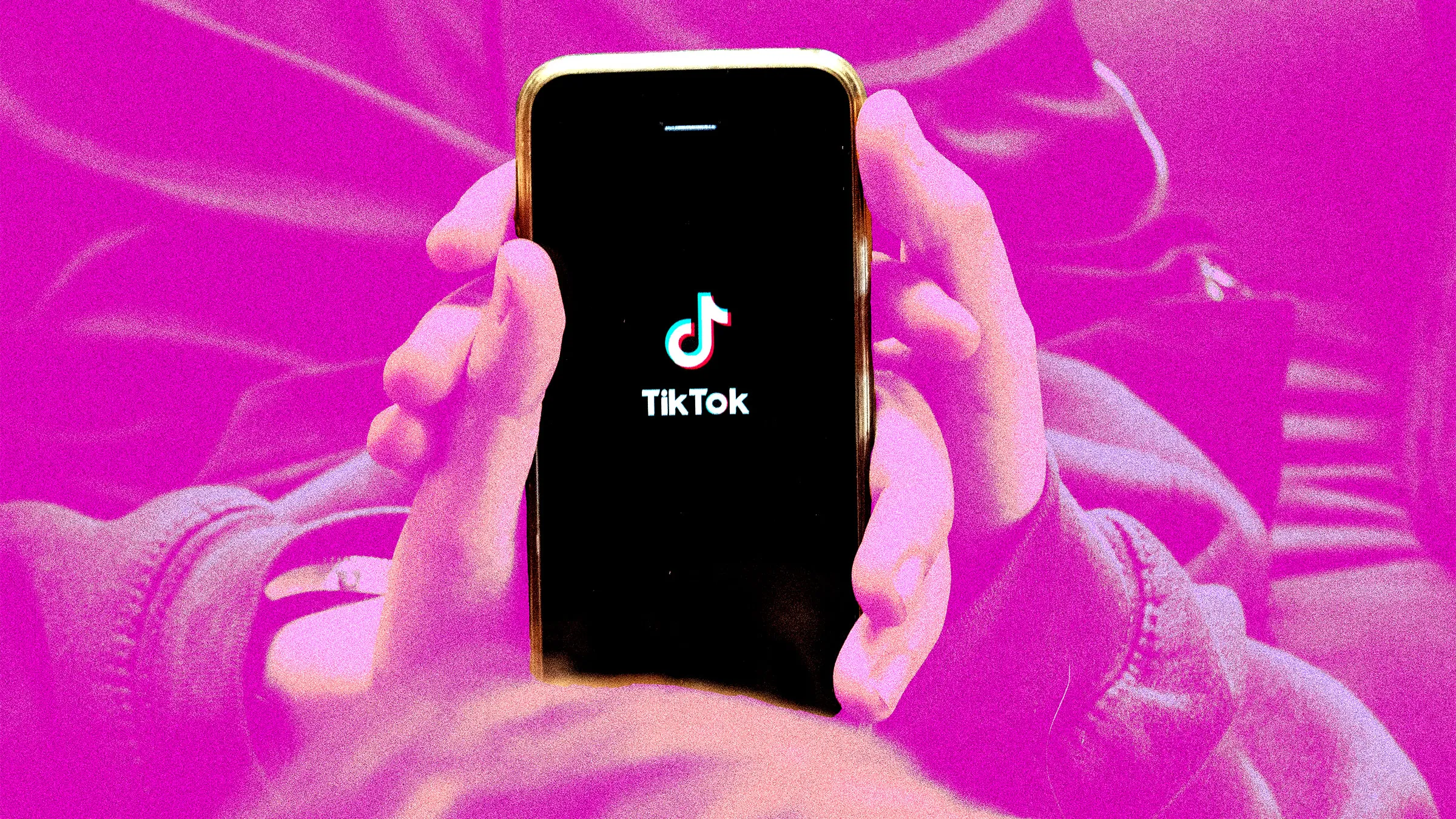Recently, a U.S. court dismissed TikTok’s appeal against certain restrictions, bringing the short video giant back into the spotlight. This case, revolving around national security and data privacy, highlights the challenges TikTok continues to face in the U.S. market. Although its operations remain unaffected in the short term, TikTok’s long-term outlook is fraught with uncertainties.
Challenges TikTok Faces: Scrutiny and Regulation
TikTok has long been under the scrutiny of regulators, with the U.S. government citing potential national security threats due to its parent company, ByteDance, being headquartered in China. Despite TikTok’s repeated assurances that U.S. user data is stored domestically and separated from Chinese operations, such claims have failed to quell concerns.

The dismissal of this appeal indicates that U.S. courts remain cautious about intervening in such restrictions. This suggests TikTok may continue to face stricter regulations and potential bans in the future.
The Double-Edged Sword of Market Dominance
Despite legal and political pressures, TikTok remains one of the most downloaded and widely used short video platforms globally, particularly among younger users. In the U.S. alone, TikTok boasts approximately 100 million active users, making it a prime destination for advertisers.
However, this high visibility also makes TikTok an easy target. Competitors such as Meta and Google could exploit regulatory and legal measures to erode TikTok’s market share. Additionally, potential government oversight of its content algorithms could impact user experience and its business model.
Strategies for Resilience: Diversification and Transparency
To navigate the uncertainties in the U.S. market, TikTok needs to adopt proactive strategies, such as:
1. Enhancing Data Transparency: TikTok should further demonstrate the independence of its data management, possibly by establishing additional localized data centers to alleviate security concerns.
2. Content Optimization: Strengthen content moderation to avoid being targeted for sensitive material.
3. Market Diversification: Expand its penetration in Asia, Europe, and other regions to reduce dependence on a single market.
Outlook: Challenges Coupled with Opportunities
Although regulatory pressure in the U.S. remains high, TikTok is far from defenseless. Its core strengths, such as technological innovation and recommendation algorithms, are difficult to replicate. Moreover, the vast potential of global markets provides a buffer against localized risks. If TikTok can successfully address regulatory challenges while maintaining its edge in content and technology, its dominance in the global short-video landscape will remain unshaken.
Conclusion
The dismissal of this appeal is not a fatal blow for TikTok but serves as a stark reminder of the complex international landscape it operates in. Moving forward, TikTok’s success hinges on its ability to balance regulatory compliance with market demands. Global expansion and adherence to local regulations will be the twin pillars of TikTok’s strategy for thriving in the next decade.